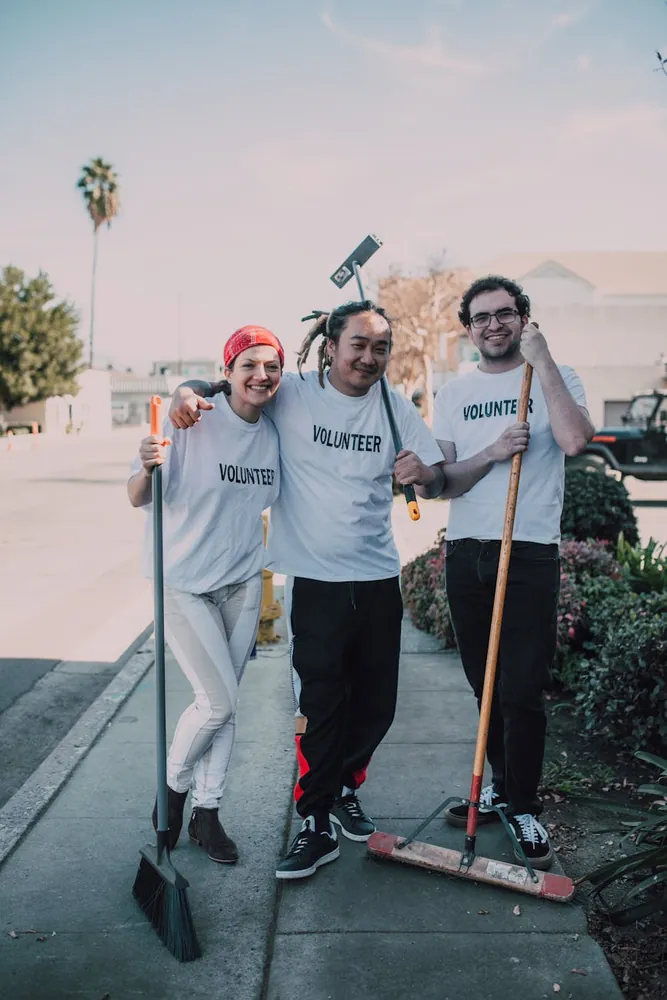Restoration Efforts for California Condors Fueled by Community Action

California Condors: A Remarkable Recovery Story
The California condor (Gymnogyps californianus) is one of the most fascinating success stories in wildlife conservation. Once on the brink of extinction, these majestic birds have seen a remarkable recovery thanks to concerted efforts involving government agencies, conservation organizations, and local communities. This article delves into the collaborative measures that have been pivotal in revitalizing the condor population, with a focus on community involvement in breeding programs and habitat restoration.
The Historical Plight of the California Condor
By the late 20th century, the population of California condors had dwindled to a perilous low. Habitat destruction, lead poisoning from ingested spent ammunition, and environmental pollutants were primary factors contributing to their decline. The situation became so dire that in 1987, the decision was made to capture all remaining wild condors, totaling just 27 birds, for a captive breeding program.
This controversial move marked the beginning of a recovery program that involved intensive management strategies aimed at increasing their numbers while addressing the threats they faced.
The Role of Captive Breeding Programs
Captive breeding has been at the forefront of efforts to save the California condor. Institutions such as the San Diego Zoo Safari Park and the Los Angeles Zoo have played crucial roles in these programs. Breeding pairs are carefully selected based on genetic diversity to ensure a healthy population. The breeding process involves several steps:
- Pair Selection: Genetic analysis helps select breeding pairs to maintain genetic diversity and reduce the risk of inbreeding.
- Nesting: Breeding pairs are provided with naturalistic nesting environments to encourage natural behaviors.
- Chick Rearing: Chicks are sometimes hand-reared using puppets that mimic adult condors to prevent imprinting on humans.
The success of these programs is evident in the gradual increase in condor numbers, with released birds now establishing populations in parts of California, Arizona, and Utah.
Community-Led Habitat Restoration
While breeding programs are essential, they must be complemented by efforts to restore natural habitats. Local communities have been instrumental in these initiatives. In regions like Big Sur and Pinnacles National Park, community volunteers work alongside conservationists to ensure suitable habitats for released birds. Key activities include:
- Habitat Cleanup: Removing debris and non-native plant species that can disrupt the natural ecosystem.
- Lead Ammunition Reduction: Educating hunters about the dangers of lead poisoning in wildlife and promoting the use of non-lead alternatives.
- Monitoring Nesting Sites: Volunteers help monitor known nesting sites, providing valuable data on nesting success rates and potential threats.
The Power of Public Engagement
Public education and engagement have been transformative in garnering support for condor conservation. Awareness campaigns have not only informed the public about the plight of these birds but have also inspired action at the grassroots level. Various initiatives have been launched to foster this engagement:
- Educational Workshops: Schools and community centers host workshops that teach about the condor's role in the ecosystem and ways to contribute to their conservation.
- Citizen Science Projects: Programs that involve citizens in data collection efforts, such as reporting condor sightings and tracking movements using GPS technology.
- Social Media Campaigns: Leveraging platforms like Instagram and Facebook to share success stories and ongoing challenges, motivating broader support.
This combination of education and hands-on involvement has empowered communities to become stewards of their local environments, creating a sustainable model for wildlife conservation.
Challenges and Future Directions
Despite significant progress, challenges remain. Lead poisoning continues to be a major threat due to residual contamination from older ammunition. Additionally, changing climate patterns may alter habitat conditions, necessitating adaptive management strategies.
Looking forward, a multi-pronged approach will be essential. This includes enhancing partnerships between governmental bodies, NGOs, and local communities; investing in research and technology to improve tracking and monitoring capabilities; and continuing advocacy for legislative measures that protect critical habitats.
A Mini-Framework for Community-Driven Conservation
If you're inspired by these efforts and want to make a difference in wildlife conservation, consider this simple framework:
- Identify Local Species: Begin by researching which endangered species are native to your area and understand their ecological needs.
- Engage Stakeholders: Connect with local NGOs, schools, and government bodies to form a collaborative network focused on shared goals.
- Create Awareness: Organize events, workshops, or digital campaigns to educate your community about the species and how they can help.
- Volunteer Opportunities: Develop programs where community members can actively participate in conservation activities like habitat cleanup or species monitoring.
Implementing this framework can help build resilient ecosystems while fostering a sense of collective responsibility among community members.
Conclusion
The resurgence of the California condor serves as a testament to what can be achieved when diverse groups come together with a common purpose. As these efforts continue, they offer hope not just for condors but for countless other species facing similar plights. It is through continued community action and dedication that we can ensure these magnificent birds soar above our skies for generations to come.
